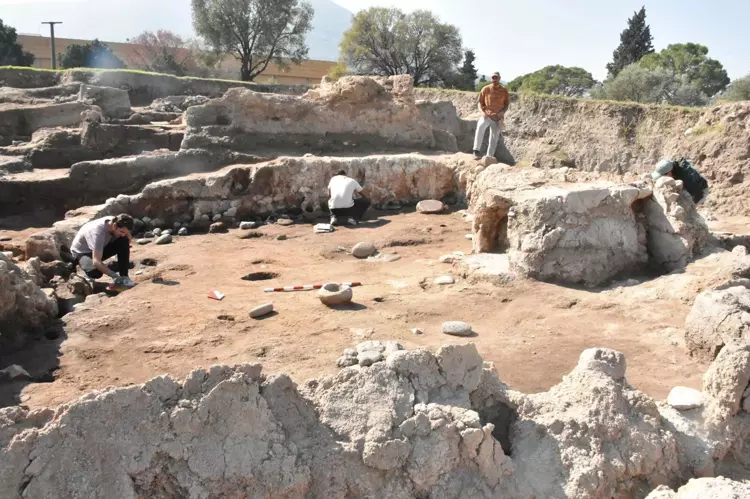
8,000-Year-Old Ceramic Workshop Unearthed in İzmir’s Ulucak Höyük Reveals Early Specialized Production
In the heart of modern industrial İzmir, surrounded by nearly 500 factories, archaeologists have brought to light a remarkable echo of humanity’s first producers. At Ulucak Höyük — the oldest known settlement in the region, dating back 8,850 years — a specialized ceramic production complex from 8,000 years ago has been unearthed.
Led by Prof. Dr. Özlem Çevik of Trakya University, the excavation revealed a 300-square-meter building complex containing clay molds, half-finished vessels, pigments, polishing stones, and multiple kilns, offering the most complete view yet of an early pottery workshop in Neolithic Anatolia.

“The structure was destroyed by fire, which preserved its contents in their original context,” Prof. Çevik explained. “We can now see the full production chain — from raw clay processing to vessel finishing — all within one complex.”
The discovery marks the earliest known archaeological evidence of specialized pottery production between Northern Mesopotamia and Greece. “We had long assumed standardized ceramics implied specialization around 6000 BCE,” Çevik said. “But until now, we lacked physical proof of a dedicated workshop. At Ulucak, we finally have it.”

Equally intriguing are the fingerprint analyses conducted on the clay surfaces. These indicate that both men and women participated in the production process, challenging assumptions about gendered labor in early settled communities.
📣 Our WhatsApp channel is now LIVE! Stay up-to-date with the latest news and updates, just click here to follow us on WhatsApp and never miss a thing!!
Each of the seven rooms within the building contains a kiln — one notably larger than the others — suggesting a clear division of function between pigment production and firing of finished wares. The red-slipped ceramics and tools for surface treatment hint at a sophisticated understanding of material science for the time.
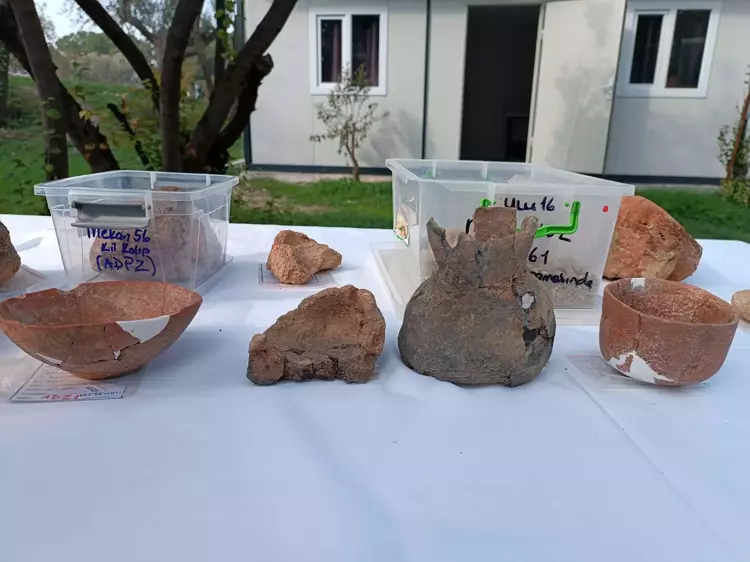
“It’s fascinating that modern Ulucak stands amid hundreds of factories today,” Çevik noted. “Even 8,000 years ago, people here were already shaping the land’s rich clay and mineral resources into organized production.”
Supported by the Turkish Ministry of Culture and Tourism, İzmir Metropolitan Municipality, and Kemalpaşa Organized Industrial Zone, the ongoing excavations at Ulucak Höyük continue to illuminate how early Anatolian communities built the foundation for complex economies — long before urban civilization began.
You may also like
- A 1700-year-old statue of Pan unearthed during the excavations at Polyeuktos in İstanbul
- The granary was found in the ancient city of Sebaste, founded by the first Roman emperor Augustus
- Donalar Kale Kapı Rock Tomb or Donalar Rock Tomb
- Theater emerges as works continue in ancient city of Perinthos
- Urartian King Argishti’s bronze shield revealed the name of an unknown country
- The religious center of Lycia, the ancient city of Letoon
- Who were the Luwians?
- A new study brings a fresh perspective on the Anatolian origin of the Indo-European languages
- Perhaps the oldest thermal treatment center in the world, which has been in continuous use for 2000 years -Basilica Therma Roman Bath or King’s Daughter-
- The largest synagogue of the ancient world, located in the ancient city of Sardis, is being restored



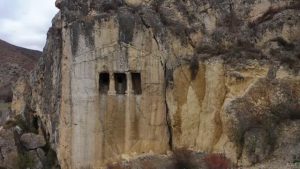

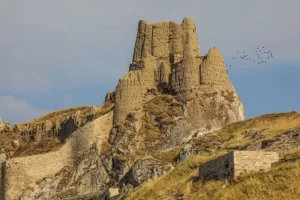
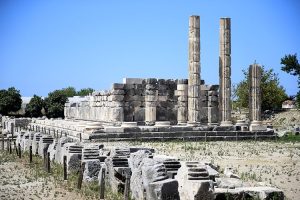



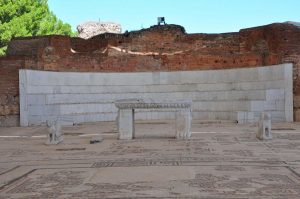
Leave a Reply